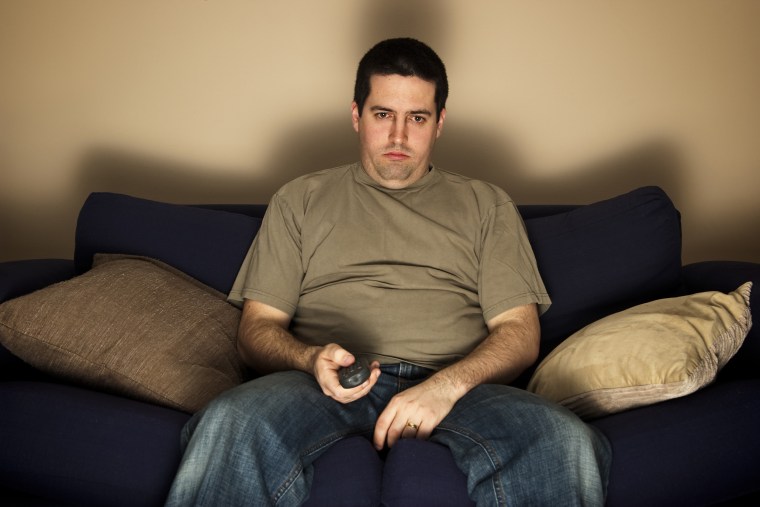During the COVID-19 pandemic, many people were introduced to work from home or distance learning settings. As we’ve currently become accustomed to staying at home and sitting in front of our laptops, we should also familiarize ourselves with the health hazards of excessively sitting.
In a study that concluded how bus drivers were significantly more prone to heart attacks than their conductors, researchers began to correlate numerous health risks to having a sedentary lifestyle.
The Health Hazards of Excessive Sitting
Students who spend their hours in classrooms to listen to lectures, drivers who devote most of their hours in their vehicle, and office workers spend much of their time sitting. With that said, experts have long researched the dangers of sitting, and as most of us work from home sitting all the time, you might want to stand up for this one.
Researchers first determined the correlation between illnesses and sitting during the 1950s when a study concluded that double-decker bus drivers are twice as prone to heart attacks when compared to their bus conductors. As the bus drivers sat for 90% of their shifts and the bus conductors tackled more than 500 stairs a day, the difference in their jobs’ nature was substantial to consider.
The National Health Service states that too much sitting can induce the slowing of your metabolism, which is essential in metabolizing fat and regulating blood pressure and blood sugar. In an article discussing the dangers of sitting, the Better Health Channel describes the benefits that standing brings. (Source: NHS)
Humans are built to stand upright. Your heart and cardiovascular system work more effectively that way. Your bowel also functions more efficiently when you are upright. It is common for people who are bedridden in the hospital to experience problems with their bowel function.
Better Health Channel
Excessive sitting or a general inactive lifestyle is linked to higher chances of heart strokes and attacks, diabetes, varicose veins, stiff neck & shoulders, deep vein thrombosis, and cancer.
Physical inactivity is also the cause of 21–25% of bread and colon cancers, 27% of diabetes cases, and around 30% of ischaemic heart disease. In fact, physical inactivity is the second-highest cause of cancer in Australia, behind tobacco smoking.
Physical inactivity is also the cause of 21-25% of breast and colon cancers, 27% of diabetes cases, and around 30% of ischaemic heart disease. In fact, physical inactivity is the second-highest cause of cancer in Australia, behind tobacco smoking.
Better Health Channel
(Source: Better Health Channel)
How to Reduce Sitting Time
For individuals aged 19 to 64 who spend most of their hours working or studying, try to reduce your sitting time when you’re traveling or commuting, studying, working, or staying home.
Standing in busses and trains and choosing stairs instead of escalators and elevators are the most basic way to avoid a sedentary lifestyle. Moreover, you can opt to build your work setting in a way where you can use your laptop while standing, and you can walk around while you’re using your mobile phone.
The UK Chief Medical Officers’ Physical Activity Guidelines emphasize the significance of allotting a few minutes to break up long durations of sitting time. In addition to that, you can also reduce your sitting time by devoting more time to being active or building an active lifestyle. Whatever you do, it’s essential to prioritize your health, even in mundane situations where you have to choose stairs over an elevator. (Source: NHS)
